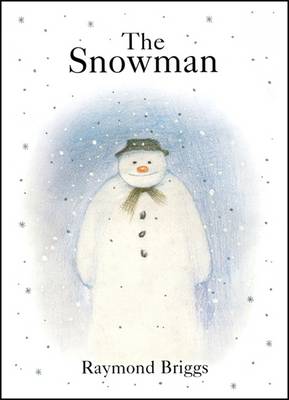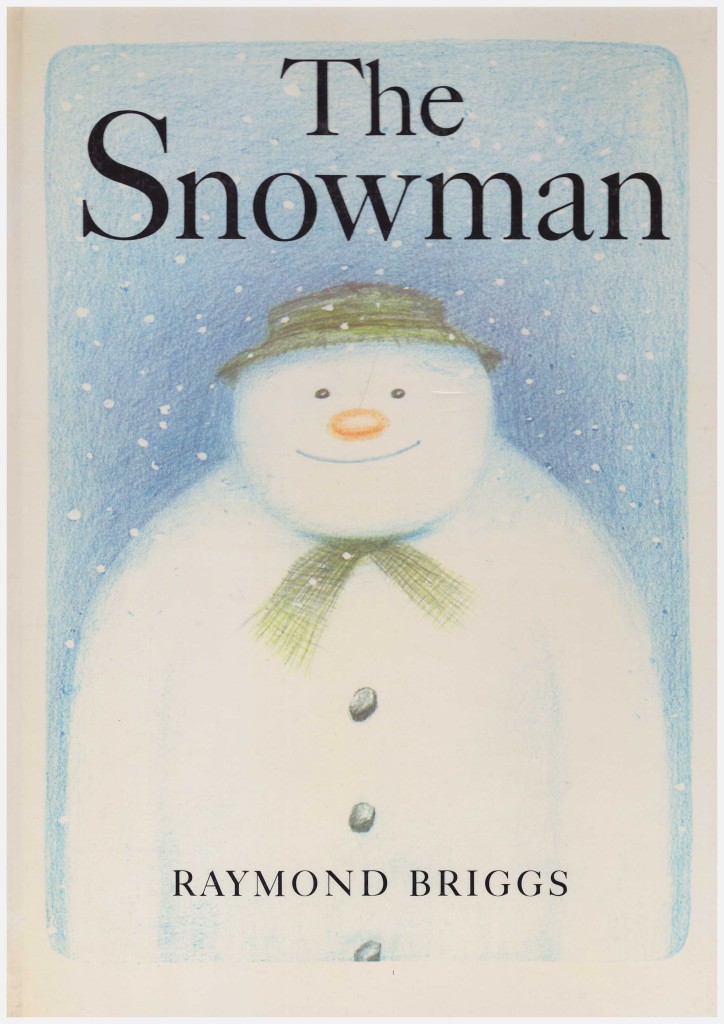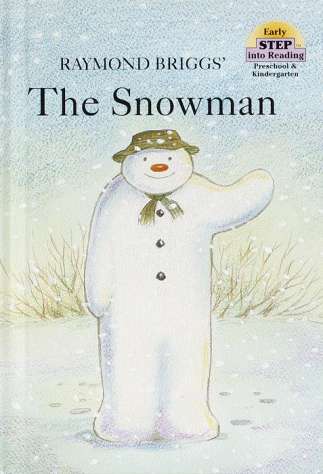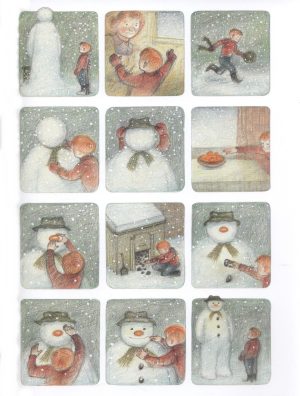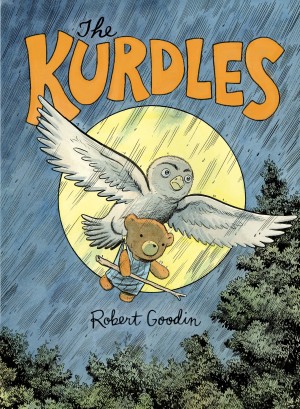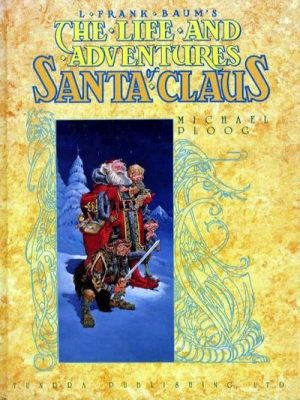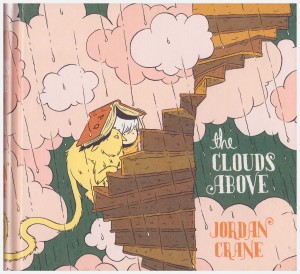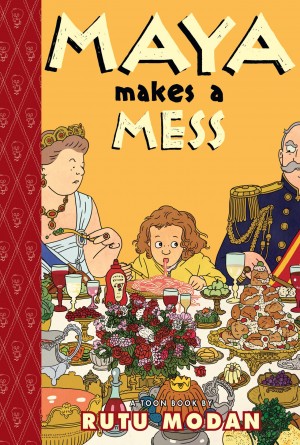Review by Frank Plowright
The Snowman has been so woven into the fabric of the British Christmas over the past thirty years, that it’s all-but forgotten the story originated as a graphic novel in 1978. At the time Briggs was considered a children’s author, best known for two books featuring a grumpy Father Christmas, although his 1977 offering Fungus the Bogeyman would grow in stature. That was Briggs’ first step away from the text and illustration of children’s material into comics, and The Snowman was a step further. It dispensed with text altogether and told the story silently.
Those more familiar with the film will recognise the bulk of the book, but as the film required more material much of the second half was additionally created. The book has no visit to the North Pole, no dancing snowmen, and no Santa Claus. In fact, considering it’s such a seasonal classic, it’s interesting to note that there are no specific references to Christmas in the book, which only indicates winter. It also evokes a deliberate timeless quality, with only the design features of generic car setting the story around the era of publication. Elsewhere, the clothing, television and household fittings could indicate an era anything up to twenty years previously.
Briggs’ story is a simple one. A young boy (with parents old enough to require false teeth) wakes one morning to snowfall outside his house, and rushes out to build a snowman. Unable to sleep that night, at midnight he ventures into the back yard again, and the snowman has come to life. The boy and the snowman have fun together as the latter is shown the wonders of tap water, TV, lights and refrigeration, before we move into the flying sequence. This is over Brighton, then Briggs’ home town, and the minarets and towers of the Royal Pavilion provide an exotic background.
The illustration is all in Briggs’ loose pastel style, and utterly charming, although that charm is undercut by Briggs’ innate sense of when it can transform into saccharine mawkishness. The ending here is wonderfully understated, and not nearly as upsetting for children as that of the film.
This is a very rapid read, but one that can still engage children whether or not they’ve seen the Christmas film. It deserves to be reclaimed from it, and remembered in its own right.
